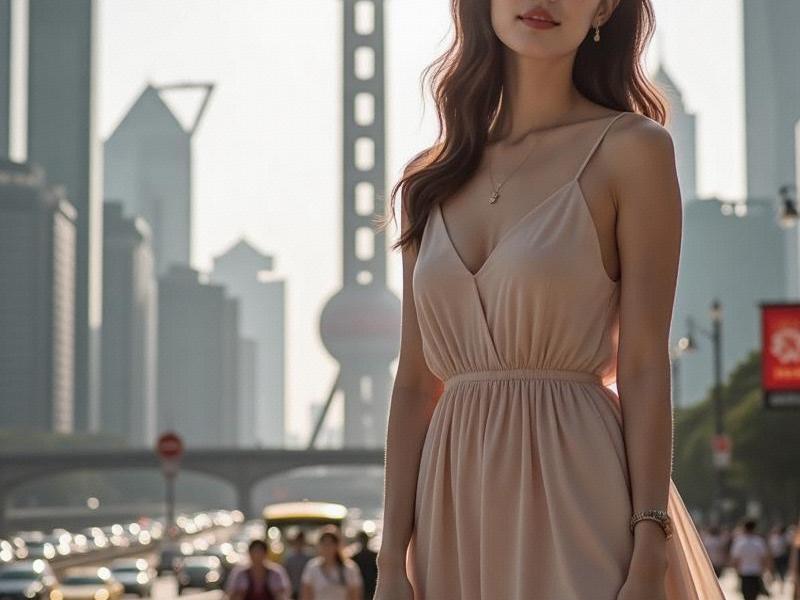This 2,500-word investigative feature explores Shanghai's remarkable cultural renaissance as the city reconnects with its rich heritage while embracing cutting-edge creative expressions, creating a unique urban identity that blends tradition and modernity.

The neon lights of Nanjing Road and the futuristic skyline of Pudong often dominate Shanghai's global image. Yet beneath these modern icons, a profound cultural renaissance is unfolding - one that's reconnecting China's most cosmopolitan city with its multifaceted heritage while pioneering new forms of creative expression.
The Heritage Reawakening
Shanghai's historical preservation efforts have gained remarkable momentum:
- Over 1,200 heritage buildings digitally cataloged and protected
- 38 historic neighborhoods undergoing careful revitalization
- The Bund conservation project winning UNESCO recognition
- "Shanghai Style" (海派文化) architectural elements mandated in new developments
"Preservation isn't about freezing the past, but making it relevant today," says conservation architect Li Wen.
The Creative Economy Boom
Shanghai's cultural industries show explosive growth:
- Creative sector contributes 12.7% to city GDP (¥586 billion)
- 48 new art galleries opened in 2024 alone
- West Bund Museum Corridor attracts 8 million annual visitors
上海龙凤419贵族 - Fashion Week now rivals Paris and Milan in Asian influence
Cultural economist Dr. Zhang notes: "Shanghai is becoming Asia's creative capital."
Digital Meets Tradition
Innovative cultural fusions are redefining local identity:
- AI-restored Shanghainese opera performances
- Blockchain-authenticated traditional crafts
- Augmented reality tours of 1930s Shanghai
- Digital art exhibitions in converted factory spaces
Tech entrepreneur Maya Chen observes: "Our culture is being both preserved and reinvented."
Neighborhood Cultural Hubs
Grassroots cultural spaces flourish across districts:
上海花千坊爱上海 - Tianzifang's artisan workshops and cafes
- M50's contemporary art galleries
- Anfu Road's indie bookstores and theaters
- Hongkou's Jewish refugee heritage sites
Resident James Li shares: "Every neighborhood now tells its own cultural story."
The New Cultural Infrastructure
Major projects reshape the cultural landscape:
- Shanghai Grand Opera House opening 2026
- East Bank Art Museum's AI-curated exhibitions
- The 100km Huangpu River cultural corridor
- Underground art spaces in repurposed bomb shelters
Challenges and Controversies
上海品茶网 The cultural revival faces significant hurdles:
- Gentrification displacing traditional communities
- Commercialization of heritage sites
- Balancing modernization with authenticity
- Preserving intangible cultural heritage
Urban sociologist Professor Wang warns: "Culture can't become just another commodity."
The Next Cultural Frontier
Emerging trends promise further transformation:
- Holographic recreations of historical events
- "Culture-tech" startups blending arts and AI
- Expanded protections for Shanghainese dialect
- Floating cultural centers on the Huangpu
As Shanghai approaches 2035, its cultural renaissance offers a compelling model for global cities seeking to honor their past while embracing the future - proving that in the 21st century, cultural vitality may be the ultimate urban competitive advantage.